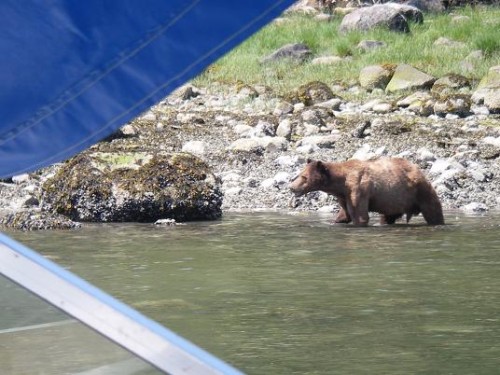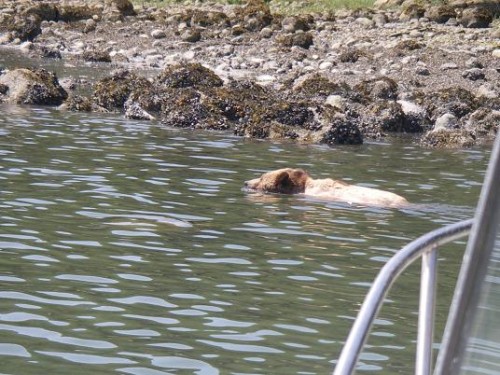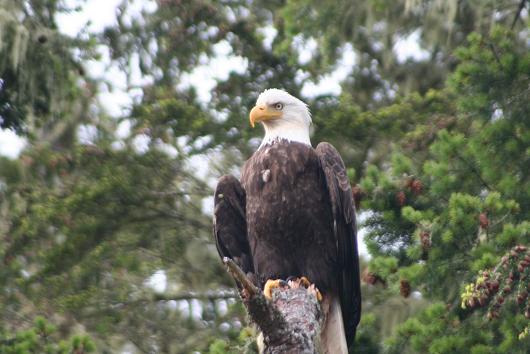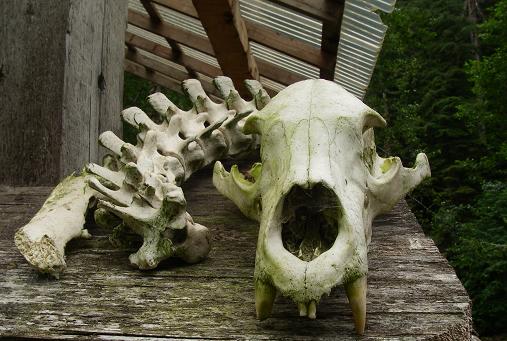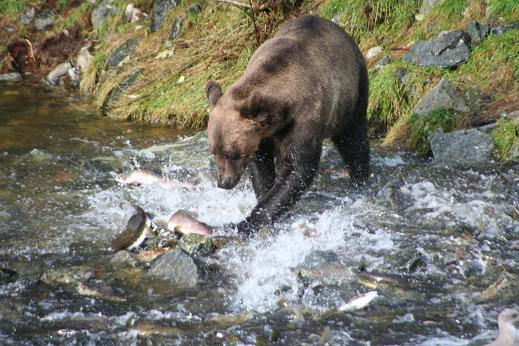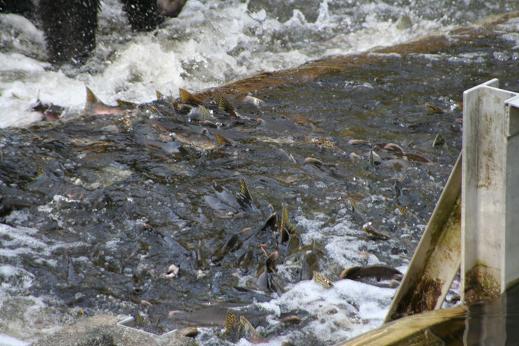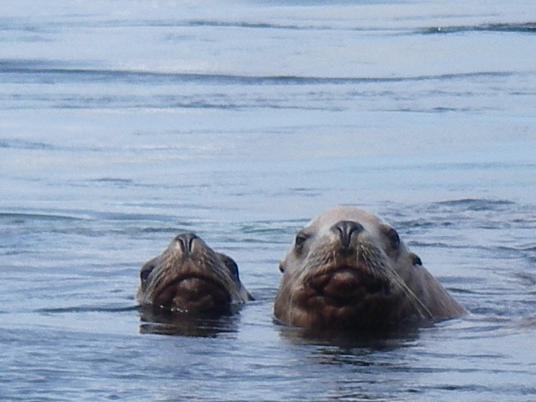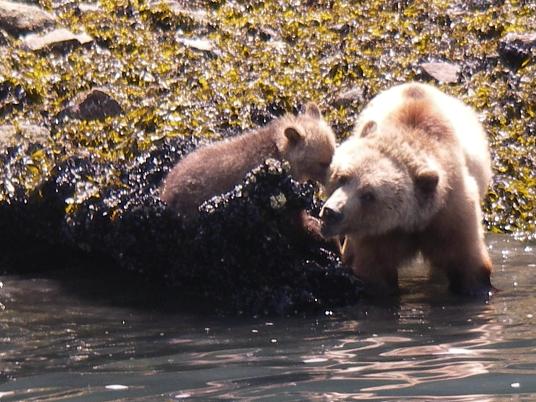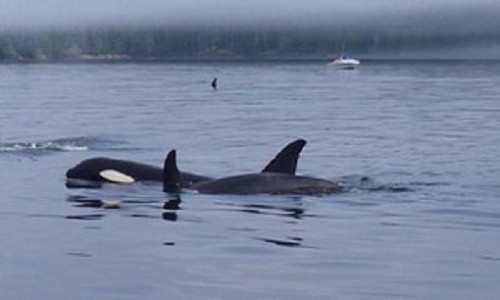
As I recall on this day of whale watching we had two boats from Grizzly Bear Lodge in Johnstone Strait with a pod of killer whales. We re off Cracroft Point, in the tide ripe, a favourite place for the orca to feed. This is where you turn off the motor and sit and wait for the orca to “pop up” around the boat and provide photo opportunities and they did.
